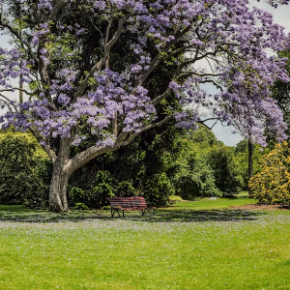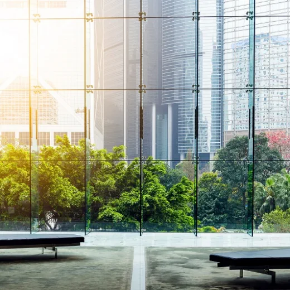You have no items in your shopping cart.
Site
The site category includes several important areas designed to meet a variety of construction and landscaping needs. Preparation and groundwork services lay the foundation for successful projects by ensuring a stable and well-prepared base. Landscape structures enhance outdoor spaces with functional and aesthetic elements, while cultivation and finishes contribute to the health and visual appeal of plantings. Pavements, pathways, and retaining walls provide both durability and design flexibility, improving the functionality and appearance of exterior areas. Each is tailored to meet high standards of quality and performance, ensuring effective and lasting results.
Featured products
Landscape Finishes
Landscape finishes encompass environmentally conscious materials and design choices for outdoor spaces, emphasizing minimal environmental impact. This approach often involves using permeable pavers to reduce runoff, native plants to conserve water and support local ecosystems, and recycled or reclaimed materials to minimize resource consumption and waste.
Request A Quote
Landscape Cultivation
Sustainable and eco-friendly landscape cultivation is a fundamental principle of biophilic design, which strives to establish a harmonious coexistence between nature and human-made environments. In this design philosophy, the landscape becomes an extension of the natural world, offering a space where individuals can connect with the outdoors in a meaningful way.
Request A Quote
Retaining Walls
Retaining walls are structures designed to hold back soil and prevent erosion in landscapes with varying elevations. They're commonly used in landscaping and civil engineering projects to create terraces, level areas, or stabilize slopes. Materials like concrete, stone, or timber can be used in their construction, and they come in various designs to suit different needs and aesthetics.
Request A Quote
Gabion Walls
Gabion walls are structures made by stacking wire mesh baskets filled with stones or other natural materials. They're commonly used in landscaping and erosion control projects due to their durability, permeability, and aesthetic appeal. Gabion walls provide effective soil retention, slope stabilization, and flood protection while blending seamlessly with natural surroundings.
Request A Quote
Green Facades and Planter Boxes
Green façades differ from vertical gardens by using climbing vines & creepers, planted in a lightweight and automated planter systems with climbing trellis.
Request A Quote
Walling and Edging
Walling involves building structures like retaining walls for support and visual appeal, while edging creates borders between landscape elements. Both add structure, prevent erosion, and enhance the aesthetic of outdoor spaces.
Request A Quote
Fences and Barriers
Fences and barriers serve as both practical boundaries and aesthetic elements in landscape design. They delineate property lines, provide security, and offer privacy while also adding texture, structure, and visual interest to outdoor spaces. Whether crafted from natural materials like wood or stone for a rustic feel, or sleek metals for a modern touch, these features harmonize with the surrounding environment, enhancing the overall appeal and functionality of the landscape.
Request A Quote
FytoArbour
FytoArbour is an ultra-lightweight suspended garden with endless options and beauty.
Request A Quote
Floating Wetlands
Fytogreen has a range of Floating Wetlands and Gardens that encourage sustainability in many different bodies of water.
Request A Quote























